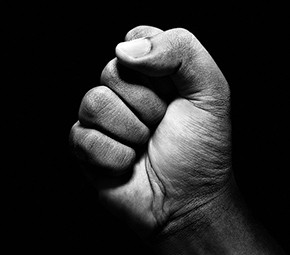Back to centered
Over the years, the Episcopal church I belong to has experimented (if that is the right word) with any number of spiritual practices. We’ve gone through phases exploring the Enneagram, the Myers-Briggs personality inventory and various spiritual gifts inventories. But one constant has been the practice of contemplative or centering prayer.
For well over a decade, members of the Julian Meeting have gathered one Sunday evening each month to sit and center together. Two leaders of the group, who have published books on contemplative prayer, have led Sunday school classes on the subject. I have learned what I know of contemplative prayer from them, along with books and my own halting attempts at centering. These leaders assure me not to worry that my attempts are halting. There are no experts at centering prayer, they insist.
One of the attractions of contemplative prayer in our complicated age is its simplicity. No tools or accoutrements are required. You merely need silence. Turn off the TV and the radio and back away from the computer. Sit quietly in a straight-backed chair, with both feet on the floor (crossing your legs will lead to discomfort and distraction). Then “center” and simply open yourself to God. There is no real agenda. This isn’t about getting something from God or about self-improvement. It isn’t about changing the world or your spouse or overcoming an enmity, at least not directly. It is about “merely” being, and being with God, for 15 or 20 minutes. (Can you stand it?)





